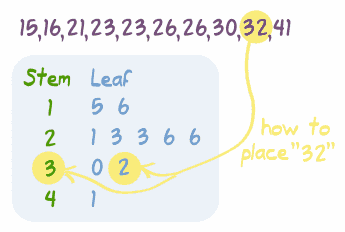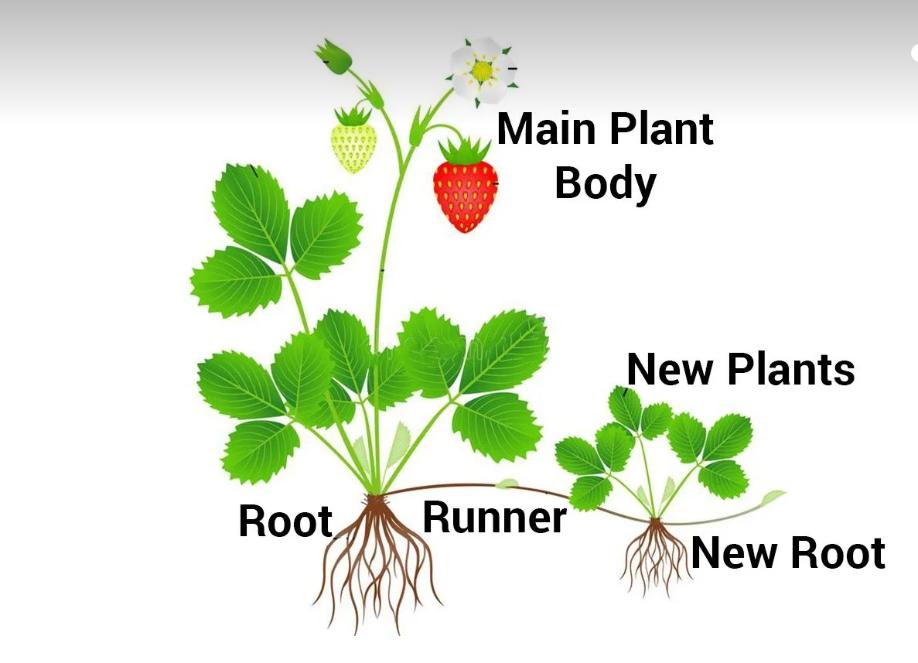

Elementary and Secondary (K–12) Mathematics and Science.and Global STEM Education and Labor Force Expand collapse The National Institutes of Health (NIH) conducts and finances research on a variety of stem cell types at the basic, translational, and clinical levels.ĭespite success in a variety of other animals, researchers have yet to successfully perform therapeutic cloning on humans. When employing adult pluripotent stem cells, scientists encounter additional obstacles. Scientists must first learn more about the development of embryonic stem cells. Bone marrow cells led to becoming heart-like cells have previously been shown to repair heart tissue in people, and further study is underway.Īll multicellular organisms have such cells, which are tiny in size.īefore their use may be broadened, additional research on stem cells is required.It also prevents transplant rejection by the immune system. Multipotent stem cells are used to treat lymphoma, leukemia, and myeloma.In animals, pluripotent cells are used to treat spinal cord injury or visual impairments but not in humans as it can lead to tumor formation.Following that, the specialized cells can be put into a person. In a lab, scientists cultivate stem cells, which are programmed to differentiate into certain cell types, such as heart muscle cells, blood cells, or nerve cells.Stem cell therapy, also known as regenerative generates new cells that can be transplanted into the body to replaced or repair the nonfunctional and damaged cells.

However, the level of gene expression and the state of the cell's chromatin vary.

Definition of stem full#
Read full article What are the types of stem cells? Embryonic stem cells

They generate cell types with restricted specificity for the tissue in which they reside.Numerous adult organs possess adult stem cells, which in most cases are multipotent.They are further classified as ectodermal, mesodermal, and endodermal multipotent cells.Multipotent stem cells have the commitment limited to a relatively small subset of all the possible cells of the body.Induced pluripotent stem cells (iPSC) are stem cells that have been reprogramed. Researchers discovered conditions under which mature human adult cells might be reprogrammed into an embryonic stem cell-like form.When these inner cells are removed from the embryo and cultured in vitro, they establish a population of pluripotent ESC.Also known as an embryonic stem cell (ESC).Most of the cells of the body can be formed from inner cell mass (ICM) but not all. Pluripotent stem cells have the ability to become all the cell types of the embryo except the trophoblast.In hydra also, each individual cell is having this potency.Only the fertilized egg and first 4 to 8 cells are totipotent, which means that they can generate both the embryonic lineages and the extraembryonic lineages. The only totipotent cell in mammals is the zygote.In mammals, totipotent cells are capable of forming every cell in the embryo and produce all types of cell lineage.


 0 kommentar(er)
0 kommentar(er)
